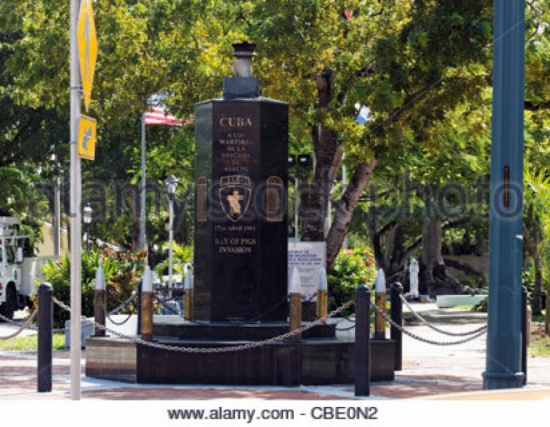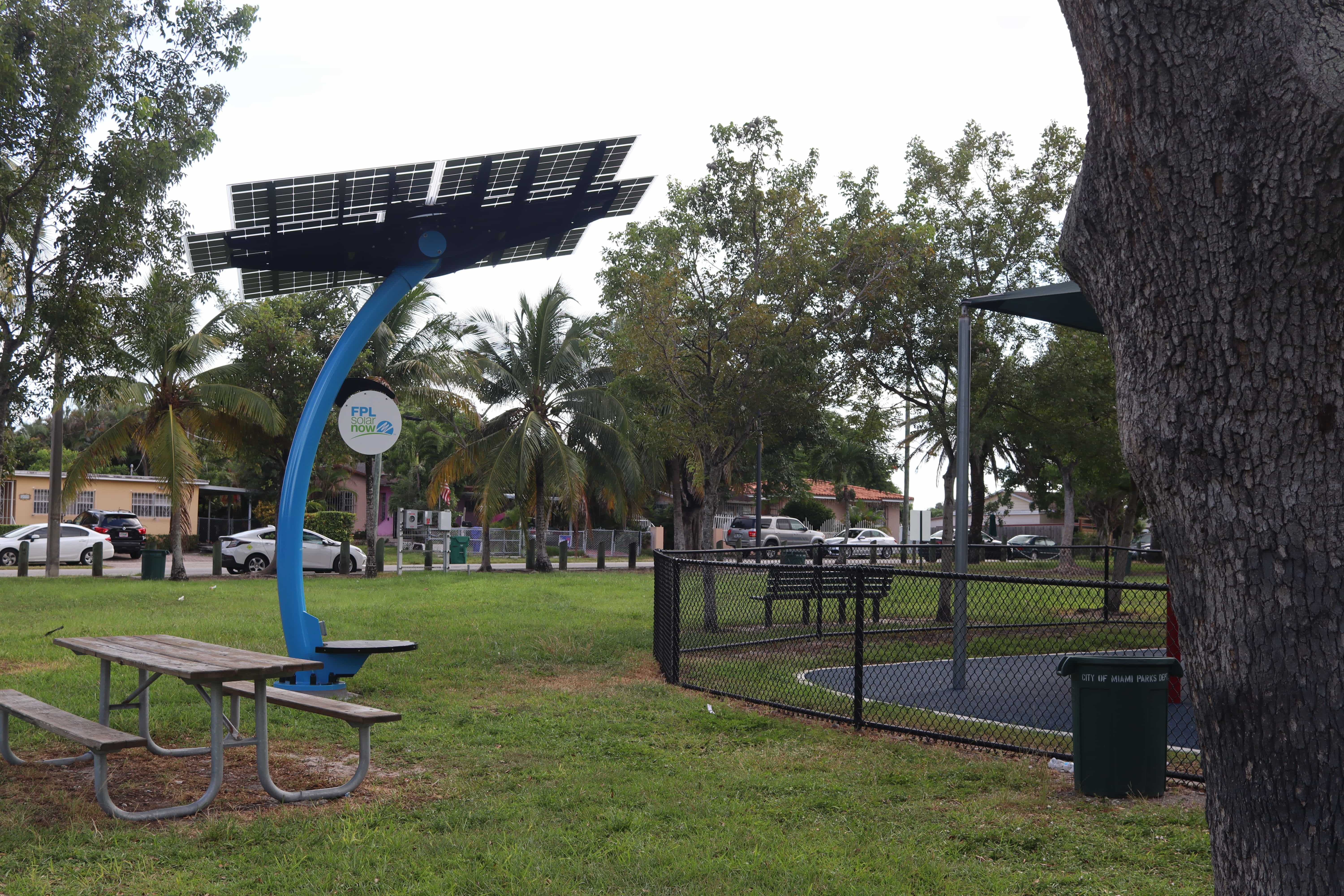Unveiling the Rich Story Behind the Bay of Pigs Monument: Miami's Iconic Tribute
Unveiling the Rich Story Behind the Bay of Pigs Monument: Miami's Iconic Tribute
Blog Article
Exploring the Value of the Bay of Pigs Monolith in Historic Memory
The Bay of Pigs Monument stands as a melancholy pointer of a turning point in background that remains to reverberate via the record of time. As an architectural manifestation of the Bay of Pigs Intrusion, this monument encapsulates not just the events of that fateful episode yet also the complex internet of political, social, and social implications that surround it. Past its physical existence, the monolith acts as an example for examining the complex interaction in between power, belief, and memory. By diving into the layers of significance ingrained within this monolith, one can begin to unravel a story that transcends simple historic paperwork, offering a home window right into the withstanding heritage of the Bay of Pigs Intrusion and its enduring effect on both the Cuban-American connection and more comprehensive historical consciousness.
Historic Context of Bay of Pigs Intrusion
Throughout the elevation of the Cold War in April 1961, the Bay of Pigs invasion marked a zero hour in the recurring tensions in between the USA and the Soviet Union. The intrusion was an unsuccessful effort by the U.S.-backed Cuban exiles to topple Fidel Castro's communist government in Cuba. The operation, which had actually been intended under the Eisenhower management and executed under President John F. Kennedy, was a considerable trouble for the USA.
The Bay of Pigs invasion not just stretched relations in between the united state and Cuba yet also magnified the animosity between the U.S. and the Soviet Union. The Soviet Union saw the invasion as a straight risk to its presence in Cuba and subsequently enhanced its support for the Cuban federal government, resulting in the Cuban Rocket Dilemma the following year.
Building and Design of the Monument
The building design of the Bay of Pigs Monolith embodies a blend of symbolic components that mirror the complicated historical importance of the occasion. Located in Miami, Florida, the monument stands as a tribute to the males that bravely battled in the Bay of Pigs invasion. The framework, made by distinguished engineer Manuel J. Diaz, integrates symbolic functions such as a central column reaching towards the sky, signifying the ambitions of those who looked for to liberate Cuba from communist guideline.
The monolith's construction utilized products that evoke a sense of toughness and resilience, with the use of long lasting stone and concrete. In general, the layout of the Bay of Pigs Monument serves as an emotional reminder of the sacrifices made during the intrusion and the withstanding tradition it holds in historical memory.

Political Meaning and Debates
Political undertones and conflicts surrounding the Bay of Pigs Monument have triggered debates among scholars and political analysts alike. The monolith's building and construction in Miami, a city with a substantial Cuban-American populace, has brought about differing analyses of its importance. For some, the monument stands as a tribute to the valor and sacrifice of the Cuban expatriations that joined the failed invasion. It works as a reminder of the Cold Battle resists communism and the USA' dedication to sustaining anti-Castro forces.
Nonetheless, for others, the Bay of Pigs Monument represents a more controversial stance. Critics say that the monument glorifies a dark phase in united state international plan, highlighting a stopped working concealed procedure that stressed diplomatic connections and had long lasting repercussions. In addition, some see the monolith as a political declaration versus the Cuban government, bolstering tensions between the two nations.

Effect on Cuban-American Relations
Among the varied analyses of the Bay of Pigs Monolith's relevance, its existence in Miami acts as a prime focus for analyzing the complex dynamics that have actually affected Cuban-American connections. The monument, erected to celebrate the stopped working invasion of Cuba by exiled Cuban boxers sustained by the CIA in 1961, stands as a pointer of the stretched historic relationship in between the 2 nations.
The Bay of Pigs invasion noted a critical minute in Cuban-American relationships, resulting in heightened stress and a long lasting influence on diplomatic communications. For Cuban-Americans, the monument signifies durability and the defend liberty versus the Cuban federal government. On the other hand, for many Cubans on the island, it stands for a raw suggestion of U.S. interventionism and hostility.

Collective Memory and Historical Narratives
Checking out the intertwining threads of cumulative memory and historic stories bordering the Bay of Pigs Monolith reveals elaborate layers of analysis and importance. In the situation of the Bay of Pigs Monument, this collective memory is shaped by different stories that have actually arised over time.
Historical narratives play an important function in shaping collective memory. They supply a structure whereby events like the Bay of Pigs intrusion are understood and translated by society. These stories can evolve over time, showing changing point of views and analyses of the past. The Bay of Pigs Monolith functions as a physical personification of these narratives, preserving them for future generations to contemplate. By examining the partnership between collective memory and historical stories, we can acquire a much deeper understanding of just how occasions like the Bay of Pigs intrusion continue to resonate in the here and now day.
Final Thought
To conclude, the Bay of Pigs monument stands as a famous symbol of the fallen short invasion and its long lasting influence on Cuban-American relationships. Its construction and design mirror the political significance and conflicts surrounding the event, forming cumulative memory and historical narratives. By checking out the value of this memorial, we acquire much deeper understanding into the complexities of Cold War background and the sustaining legacy of this turning point in global relations.
By delving into the layers of relevance ingrained within this monolith, one can start to unravel a narrative that transcends plain historical paperwork, supplying a home window right into the enduring legacy of the Bay of Pigs Invasion and its long lasting influence on both the Cuban-American partnership and broader historical consciousness.
The architectural design of the Bay of Pigs Monolith embodies a blend of symbolic elements that reflect the complex historical importance of the event. Overall, the style of the Bay of Pigs Monument serves as a poignant pointer of the sacrifices made during the invasion and the enduring heritage it holds in historic memory.
Discovering the linking strings of collective memory and historical narratives surrounding the Bay of Pigs Monument discloses elaborate layers of interpretation and importance - Bay of Pigs Monument museum.In verdict, the Bay of Pigs monument stands as a famous symbol of the stopped working intrusion and its enduring effect on Cuban-American connections
Please visit one of our local supporters - Miami Pool Service Pros Pool Filter Cleaning
Report this page